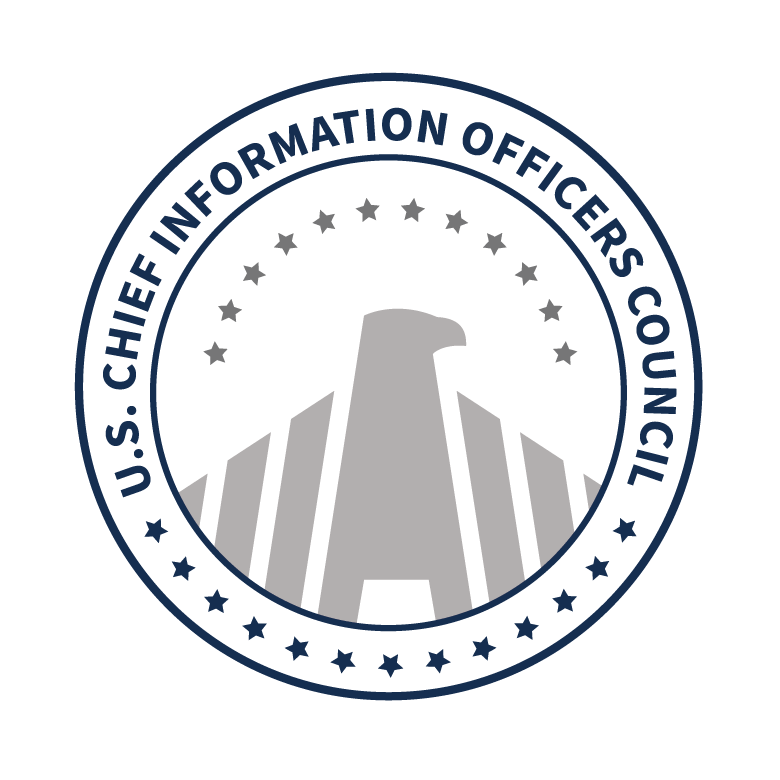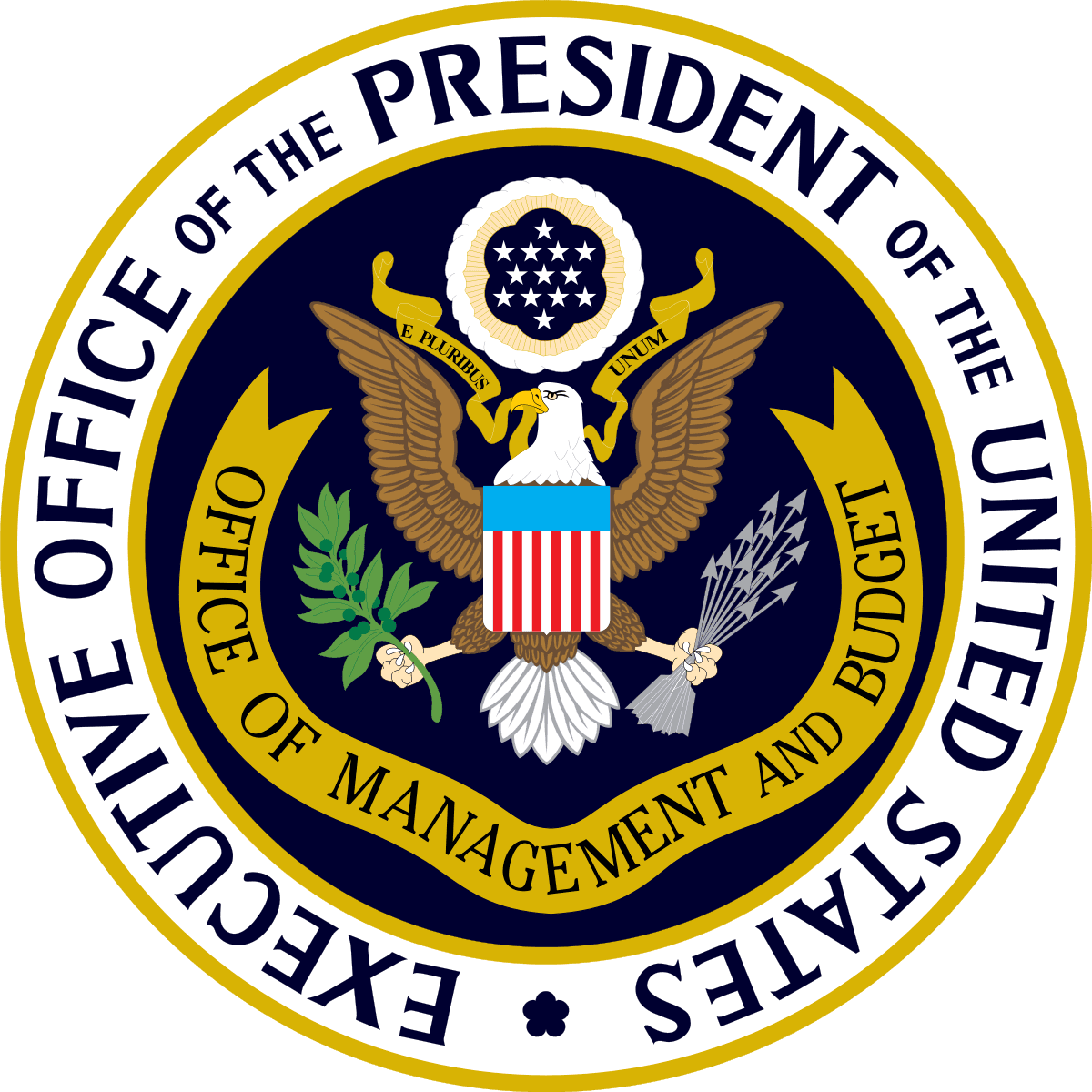CIO Role at a Glance
The CIO’s role at their agency is to enable the organization’s mission through the effective use of information resources and information technology. As technology has become increasingly entwined with the daily functions of the Federal Government, the CIO’s role has been expanded through several key acts of Congress.
The Clinger Cohen Act of 1996 (Clinger-Cohen Act of 1996) was the first time that federal agency CIO positions were established with designated roles and responsibilities. Clinger Cohen directs federal agencies to focus more on the results achieved through IT investments and streamlined the Federal IT procurement process, detailing how agencies approach the selection and management of IT projects.
The role of the CIO expanded further under the Federal IT Acquisition Reform Act (FITARA), (Federal Information Technology Acquisition Reform Act (FITARA)) which established the agency CIO as a key strategic partner to the agency head and enabler of agency modernization goals. The CIO provides advice and other assistance to the head of the agency and other senior management personnel to ensure that IT is acquired, and information resources are managed in a manner that achieves the agency’s strategic goals.
The CIO has responsibilities in six key areas:
- IT leadership and accountability – CIOs are responsible and accountable for the effective implementation of IT management responsibilities.
- IT strategic planning – CIOs are responsible for strategic planning for all IT management functions.
- IT workforce – CIOs are responsible for assessing agency IT workforce needs and developing strategies and plans for meeting those needs.
- IT budgeting – CIOs are responsible for the processes for all annual and multi-year IT planning, programming, and budgeting decisions.
- IT investment management – CIOs are responsible for the processes for managing, evaluating, and assessing how well the agency is managing its IT resources.
- Information security and privacy – CIOs are responsible for establishing, implementing, and ensuring compliance with an agency-wide information security program. (GAO-18-93. Critical Actions Needed to Address Shortcomings and Challenges in Implementing Responsibilities. August 2018.)
The CIO also has two additional areas of focus in their agency’s architecture and information resources and data.
The aforementioned responsibilities position the CIO to effectively advise the agency head on the strategic planning and management of information technology, including the prioritization of requirements to receive the maximum benefit of scarce resources and when the agency is no longer getting the best return on investment. These CIO responsibilities also ensure the agency has a skilled workforce that can keep pace with technical advances and mission areas.
Under the Federal Information Security Modernization Act (FISMA), (Federal Information Security Modernization Act of 2014 (FISMA)) the CIO must designate a senior official in charge of information security. In most cases, that official is the agency’s Chief Information Security Officer (CISO) and works closely with the CIO to protect and secure the information resources of the agency.



